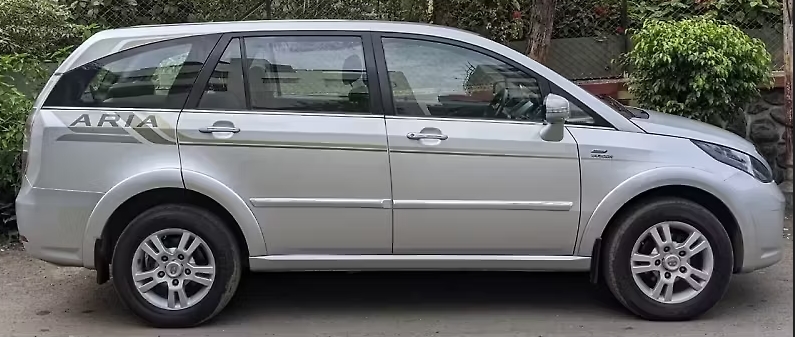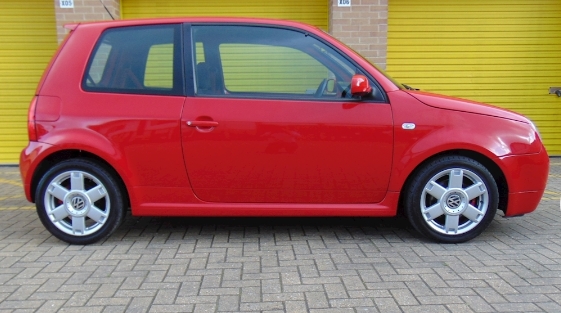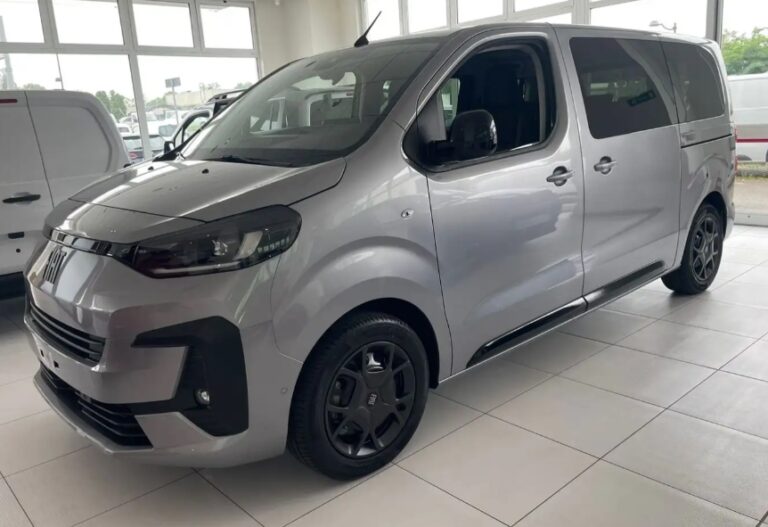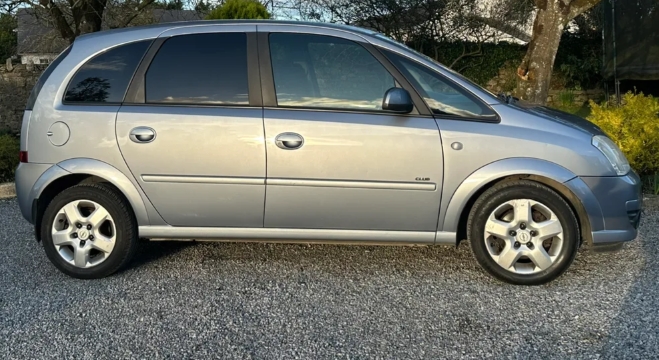The Evolution of the Tata Aria
The Tata Aria stands as a notable chapter in Indian automotive history, representing Tata Motors’ ambitious foray into the crossover SUV segment. Launched in 2010, the Aria was designed to combine the ruggedness of an SUV with the comfort and practicality of a crossover, aiming to appeal to Indian consumers seeking versatile family vehicles. Over its production run, the Tata Aria underwent various updates, trim level offerings, and strategic positioning before ultimately being phased out in 2017. This article traces the detailed evolution of the Tata Aria, covering its introduction, model variants, features, and the key milestones across its production years.
Introduction and Launch (2010)
Year of Production: 2010–2017
Manufacturing Location: Pune, India
Segment: Mid-size crossover SUV / Multi-Purpose Vehicle (MPV)
The Tata Aria was officially launched in India in August 2010, positioned as a premium crossover SUV aiming to bridge the gap between traditional SUVs and luxury MPVs. It was based on the Tata X2 platform, which was a modified version of the Tata Indigo platform, designed to deliver a blend of comfort, style, and utility.
The initial offering was ambitious, featuring a unibody construction, independent suspension, and a choice of diesel and petrol engines. Tata Motors aimed to carve a niche with the Aria by emphasizing its spaciousness, comfort, and advanced features.
First Generation (2010–2013): Initial Models and Trim Levels
At launch, the Tata Aria was available in several trim levels, primarily differentiated by drivetrain options, equipment levels, and powertrain.
Key Variants (2010):
- Tata Aria Pure LX
- The base variant focused on essential features, offering a comfortable interior with basic amenities.
- Powered by a 2.2-liter VariCOR turbocharged diesel engine producing approximately 150 PS.
- Features included dual front airbags, ABS with EBD, and manual air conditioning.
- Tata Aria Prestige
- Offered additional features such as leather upholstery, alloy wheels, and a better infotainment system.
- Included options for 4WD (Four-Wheel Drive) drivetrain on select models.
- The Prestige trim was aimed at customers seeking more luxury and capability.
- Tata Aria Pleasure
- Positioned as a more premium trim with additional comfort and convenience features.
- Included features like a premium audio system, cruise control, and rear parking sensors.
Powertrain Options:
The primary engine across these variants was the 2.2-liter VariCOR turbo diesel engine, available in two states of tune: 150 PS (110 kW) and 320 Nm of torque. A petrol variant based on a 2.4-liter engine was also introduced in some markets, but it was less prominent in India.
Transmission:
- 5-speed manual transmission was standard.
- Some variants offered a 6-speed manual gearbox.
- The 4WD system was optional on higher trims, emphasizing the Aria’s utility credentials.
Features and Dimensions:
The Tata Aria boasted a length of approximately 4.7 meters, a width of 1.9 meters, and a height of about 1.8 meters, offering three-row seating for up to seven passengers. The vehicle featured a monocoque chassis, enhancing safety and ride quality.
Mid-Cycle Updates and Enhancements (2013–2015)
While Tata Motors did not launch a major facelift for the Aria during its lifecycle, subtle updates occurred to improve its appeal:
- 2013: Minor feature additions, such as improved infotainment systems with touchscreen displays, Bluetooth connectivity, and added safety features like corner stability control.
- 2014: Introduction of more refined interiors, better NVH (Noise, Vibration, Harshness) levels, and slight exterior styling tweaks, including new alloy wheel designs and updated grille finishes.
Throughout this period, Tata continued to offer the same core trim levels but enhanced their equipment packages. Notably, the 4WD option remained popular among buyers seeking off-road capability, though its availability was limited to higher-tier variants.
Final Years and Discontinuation (2015–2017)
By 2015, the Tata Aria faced stiff competition from newer SUVs and crossovers from global manufacturers, as well as changing consumer preferences favoring compact SUVs. Tata Motors decided to phase out the model gradually.
Limited Editions and Special Trims:
- 2015: Tata introduced special editions such as the “Aria Gold” or “Aria Luxe” trims, which bundled premium features like leather seats, premium audio, and enhanced safety systems.
- End of Production (2017): The Tata Aria was officially discontinued, with production ending around this year. The vehicle’s sales volume was modest, and it failed to achieve the anticipated market penetration.
.
MANY auto lovers not only spend time in their garages to tinker on their autos, but have other projects going on in there as well. Wood working is a popular pastime for the creative type of individual. Not sure what to make next? Or thinking about getting into this kind of hobby? There’s lots of possibilities… Here’s some of them…

.
Key Features and Trim Differentiators Over the Years
| Year | Trim Levels | Powertrain | Drivetrain Options | Notable Features |
|---|---|---|---|---|
| 2010 | Pure LX, Prestige, Pleasure | 2.2L VariCOR Diesel (150 PS) | 2WD, 4WD | Basic features, dual airbags, ABS, manual AC |
| 2013 | Same trims, with added infotainment | Same | Same | Touchscreen infotainment, safety upgrades |
| 2014 | Same trims, exterior/interior tweaks | Same | Same | Improved NVH, stylish updates |
| 2015 | Limited editions, Luxe trims | Same | Same | Leather seats, premium audio |
| 2017 | Discontinued | — | — | End of production |
Notable Features and Technological Highlights
- Engine and Performance: The VariCOR turbo diesel engine was praised for its robustness and fuel efficiency, with the 2.2-liter engine being the most common powertrain throughout the Aria’s lifespan.
- Safety: The vehicle was equipped with dual airbags, ABS with EBD, corner stability control, and rear parking sensors, aligning with safety standards of its time.
- Interior Comfort: The Aria featured a spacious three-row cabin with flexible seating arrangements, climate control, and optional leather upholstery.
- Off-Road Capability: The 4WD variants provided decent off-road performance, a feature that distinguished it from many other crossovers in its segment.
- Infotainment and Connectivity: Over the years, Tata upgraded the infotainment systems to include touchscreen displays, Bluetooth, and navigation options, catering to evolving consumer demands.
Market Performance and Legacy
Despite its ambitious design and feature set, the Tata Aria struggled to gain widespread popularity in India due to several factors:
- Pricing: Positioned at a premium price point, it was relatively expensive compared to other Tata vehicles and competitors.
- Market Competition: The rise of compact SUVs like the Hyundai Creta, Mahindra XUV500, and Honda CR-V overshadowed the Aria’s offerings.
- Design and Perception: While innovative, some critics found the Aria’s design less appealing compared to more modern SUVs.
Nevertheless, the Tata Aria remains a significant model for Tata Motors, representing the company’s efforts to diversify its portfolio and innovate in the SUV segment. Its blend of practicality, comfort, and off-road capability showcased Tata’s engineering ambitions and set the stage for future models.
Conclusion
The Tata Aria’s journey from its launch in 2010 to discontinuation in 2017 reflects the challenges and opportunities faced by Tata Motors in the competitive SUV landscape. With multiple trim levels, incremental updates, and technological enhancements, the vehicle sought to meet varied consumer needs, emphasizing versatility, safety, and comfort.
While it may not have achieved blockbuster success, the Tata Aria’s evolution underscores Tata’s commitment to expanding its product range and exploring new segments. Today, it remains a noteworthy chapter in Indian automotive history, appreciated by enthusiasts for its unique positioning and capabilities.







